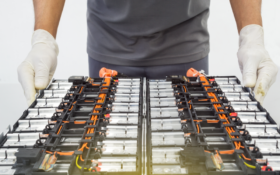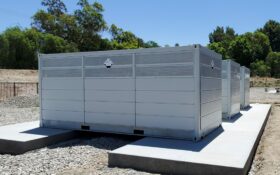Electrochemical capacitors are known for their high cycle efficiency compared to batteries. But wouldn't they still have thermal management design issues?
The most important issue is the power profile of the application, since this primarily determines whether we can expect any thermal management issues to arise. The most extreme case to consider would be a constant power or constant current discharge at a very low rate, the device being completely discharged over the course of perhaps an hour. The opposite extreme would be something like a heavy hybrid vehicle application, where the capacitor would be fully charged . . .
to continue reading this article...
Sign up to any Premium subscription to continue reading
To read this article, and get access to all the Premium content on bestmag.co.uk, sign up for a Premium subscription.
view subscription optionsAlready Subscribed? Log In












